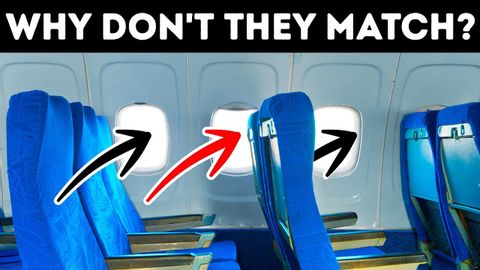
字幕と単語
なぜ飛行機の座席とウィンドウが一致しない理由とフライトについての31の珍しい事実 (Why Plane Seats and Windows Don't Match Up And 31 Rare Facts About Flights)
00
林宜悉 が 2021 年 01 月 14 日 に投稿保存
動画の中の単語
average
US /ˈævərɪdʒ, ˈævrɪdʒ/
・
UK /'ævərɪdʒ/
- n. (c./u.)平均
- v.t.平均する
- adj.典型的な : 普通の : ありふれた : 普段の
A2 初級TOEIC
もっと見る エネルギーを使用
すべての単語を解除
発音・解説・フィルター機能を解除
